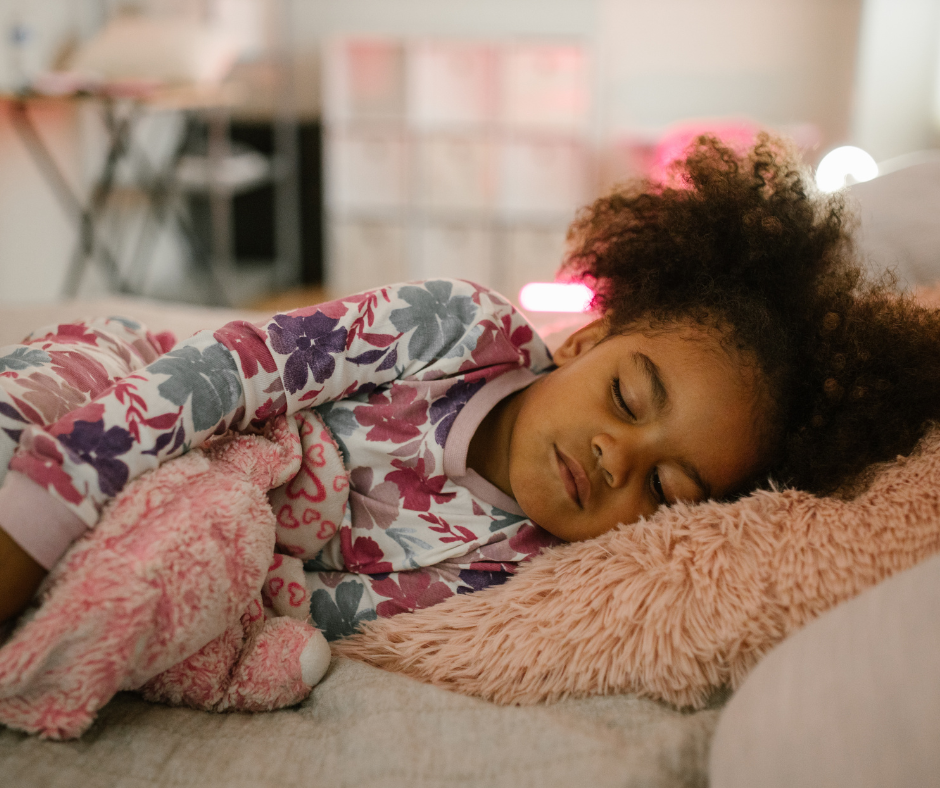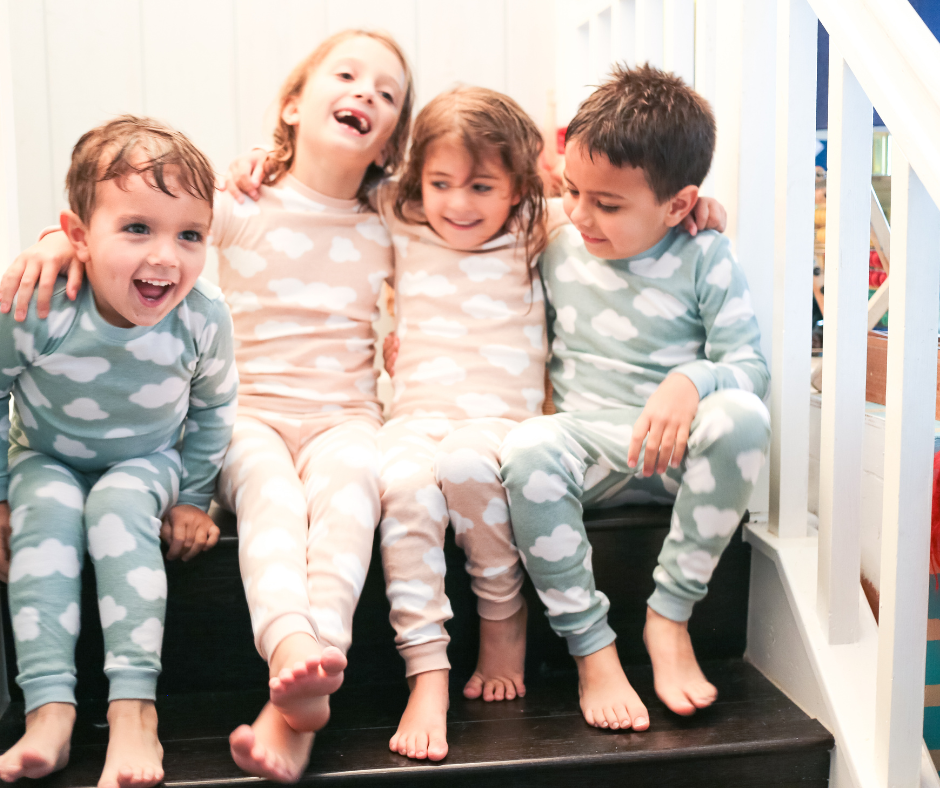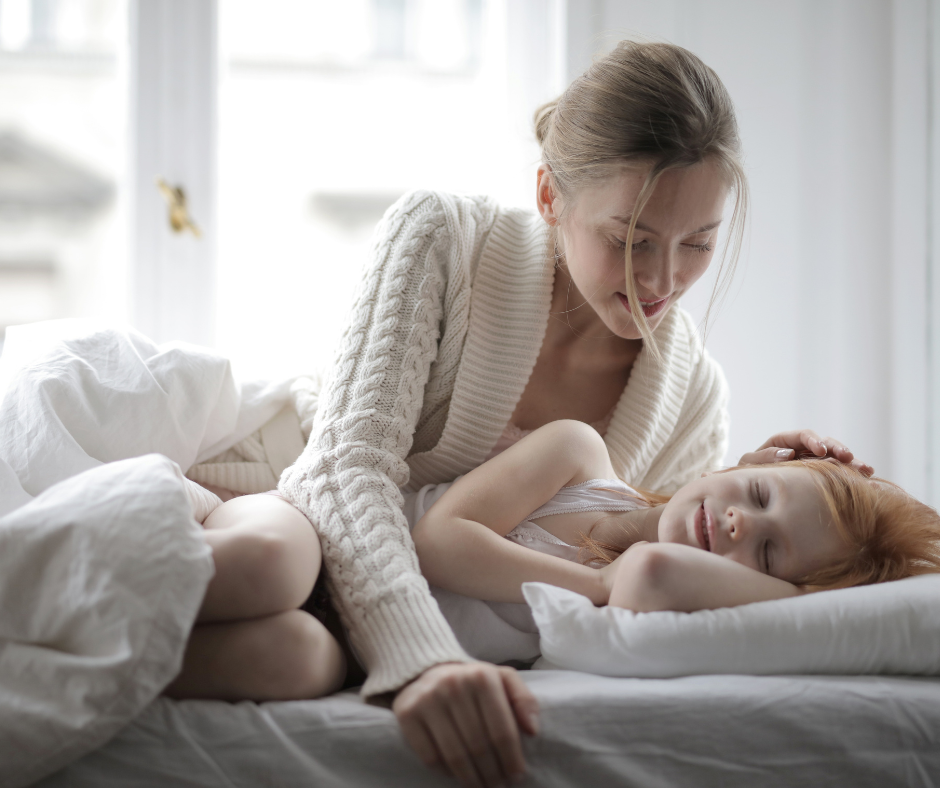
Authors: Hillary Eichelberger, MD
NYU Grossman School of Medicine
Alison L. Christy, MD, PhD
Providence Pediatric Neurology at St. Vincent Medical Center—Portland, Oregon
Reviewed: December 2022
SUMMARY
Parasomnias are behaviors that happen during sleep. These behaviors are often unusual. They may be disruptive.
Parasomnias can include a wide spectrum of activities. These include:
- Sitting up in bed and appearing confused
- Sleep-walking
- Sleep-talking
- Sleep-eating
- Having nightmares
Parasomnias are common in childhood. They often go away as a child grows older. We do not fully understand what causes parasomnias. However, for some, an increased risk may be inherited from parents.
The most important part of caring for someone with a parasomnia is ensuring they are safe while sleeping.
JUMP TO
Disorder Overview
DESCRIPTION
Doctors classify parasomnias according to which stage of sleep they occur in. Sleep consists of:
- Rapid eye movement (REM) sleep. The eyes move around quickly. The rest of the body is usually unable to move.
- Non-rapid eye movement (NREM) sleep. NREM includes deep sleep.
During sleep, the brain cycles back and forth between REM and NREM sleep. More NREM sleep tends to happen at the beginning of the night. More REM sleep tends to happen in the early morning. Dreams usually happen during REM sleep.
Most parasomnias occur during NREM sleep. However, certain parasomnias may occur during REM sleep. Some parasomnias occur in any stage of sleep.


SIGNS AND SYMPTOMS
The signs and symptoms of parasomnias include a wide variety of behaviors during sleep.
Some symptoms raise concern for a parasomnia. These include:
- Daytime sleepiness
- Unexplained nocturnal injuries
- Difficulty sleeping through the night
- Waking up in a different location than where they fell asleep
NREM Parasomnias
In NREM parasomnias, the behaviors usually happen toward the beginning of the night. Most often, the child does not fully awaken. They are unlikely to remember the episode in the morning.
Symptoms of NREM parasomnias include:
Confusional arousals.
Sleep-walking.
Sleep terrors.
- Sleep terrors peak when a child is one and a half years old. The child will suddenly wake up flushed, sweating, and screaming. They will have a rapid heartrate.
- Parents find them difficult to calm, but the child will go back to sleep. They do not remember the event when waking in the morning.
Sleep-eating.
REM Parasomnias
REM parasomnias tend to happen closer to the morning. A child may remember them when they wake up.
Symptoms of REM parasomnias include:
Nightmare disorder.
REM sleep behavior disorder.
Sleep paralysis.
Other Parasomnias
Symptoms of other parasomnias include:
Sleep-talking.
Sleep enuresis (bed-wetting).
- Some children who can control their urination during the day will urinate involuntarily at night. (This is called primary nocturnal enuresis.)
- Others will have episodes of bed-wetting despite being dry at night in the past. (This is called secondary nocturnal enuresis.) This can occur particularly when undergoing stressful life events.
CAUSES
The causes for parasomnias are not yet fully understood. It may be helpful to think about the “three Ps” to understand why parasomnias happen to some children. They are:
Predisposition.
Priming.
Precipitant.


LABORATORY INVESTIGATIONS
A physician can often diagnose parasomnia by:
- Listening to the child’s history
- Performing a physical exam
They will look for any signs or symptoms of other medical disorders that may look like parasomnias.
They may conduct the following tests:
An overnight sleep study (also called video polysomnography).
An electroencephalogram (EEG).
Sometimes, parasomnias can look like seizures. (A seizure is abnormal electrical activity in the brain). In these cases, an EEG may also be required. An EEG monitors the electrical activity of the brain during sleep.
TREATMENT AND THERAPIES
The most important part of treating parasomnias is ensuring the safety of the sleep space. The following can help:
- Remove dangerous items from the sleeping area.
- Secure furniture and pad sharp corners.
- Consider door alarms or door locks. (However, make sure the family can still get out easily in case of fire or another emergency.)
Rarely, certain medications may be used before bedtime, particularly for REM sleep behavior disorder.
Some medications may make a parasomnia occur more frequently. They may need to be stopped. Other medical conditions identified during testing will also need to be treated. These include sleep apnea, sleep-related movement disorders, and seizures.


OUTLOOK
For most children, parasomnias will go away as they grow older. Treatment is not usually necessary. Parasomnias become less common in teenage years. They are rare in adulthood.
RELATED DISORDERS
Related disorders include:
- Seizures (particularly, sleep-related hypermotor epilepsy, or SHE).
- Sleep-related breathing disorders. These include sleep apnea.
- Sleep-related movement disorders. These include:
- Restless leg syndrome
- Periodic limb movement syndrome
- Benign sleep myoclonus (muscle jerks)
- Narcolepsy.
Resources
Publications
JCN: What Your Pediatric Neurologist Wants You to Know–Sleep
Podcast from SAGE Neuroscience and Neurology/Journal of Child Neurology (JCN). JCN’s Residents and Fellows Board Director, Dr. Alison Christy, interviews Dr. Samiya Ahmed from Baylor College of Medicine in San Antonio, Texas on sleep.


Child Neurology Foundation (CNF) solicits resources from the community to be included on this webpage through an application process. CNF reserves the right to remove entities at any time if information is deemed inappropriate or inconsistent with the mission, vision, and values of CNF.
Research
ClinicalTrials.gov for Parasomnia (birth to 17 years).
These are clinical trials that are recruiting or will be recruiting. Updates are made daily, so you are encouraged to check back frequently.
ClinicalTrials.gov is a database of privately and publicly funded clinical studies conducted around the world. This is a resource provided by the U.S. National Library of Medicine (NLM), which is an institute within the National Institutes of Health (NIH). Listing a study does not mean it has been evaluated by the U.S. Federal Government. Please read the NLM disclaimer for details.
Before participating in a study, you are encouraged to talk to your health care provider and learn about the risks and potential benefits.
The information in the CNF Child Neurology Disorder Directory is not intended to provide diagnosis, treatment, or medical advice and should not be considered a substitute for advice from a healthcare professional. Content provided is for informational purposes only. CNF is not responsible for actions taken based on the information included on this webpage. Please consult with a physician or other healthcare professional regarding any medical or health related diagnosis or treatment options.
References
Carter KA, Hathaway NE, Lettieri CF. Common sleep disorders in children. Am Fam Physician. 2014 Mar 1;89(5):368-77. PMID: 24695508.
Eichelberger H, Nelson ALA. Nocturnal events in children: When and how to evaluate. Curr Probl Pediatr Adolesc Health Care. 2020 Dec;50(12):100893. https://doi.org/10.1016/j.cppeds.2020.100893. Epub 2020 Nov 1. PMID: 33139210.
Irfan M, Schenck CH, Howell MJ. NonREM Disorders of Arousal and Related Parasomnias: an Updated Review. Neurotherapeutics. 2021 Jan;18(1):124-139. https://doi.org/10.1007/s13311-021-01011-y. Epub 2021 Feb 1. PMID: 33527254; PMCID: PMC8116392.
American Academy of Sleep Medicine. International Classification of Sleep Disorders. 3rd ed. 2014.
Petit D, Pennestri MH, Paquet J, Desautels A, Zadra A, Vitaro F, Tremblay RE, Boivin M, Montplaisir J. Childhood Sleepwalking and Sleep Terrors: A Longitudinal Study of Prevalence and Familial Aggregation. JAMA Pediatr. 2015 Jul;169(7):653-8. https://doi.org/10.1001/jamapediatrics.2015.127. PMID: 25938617.
Thank you to our 2023 Disorder Directory partners:





